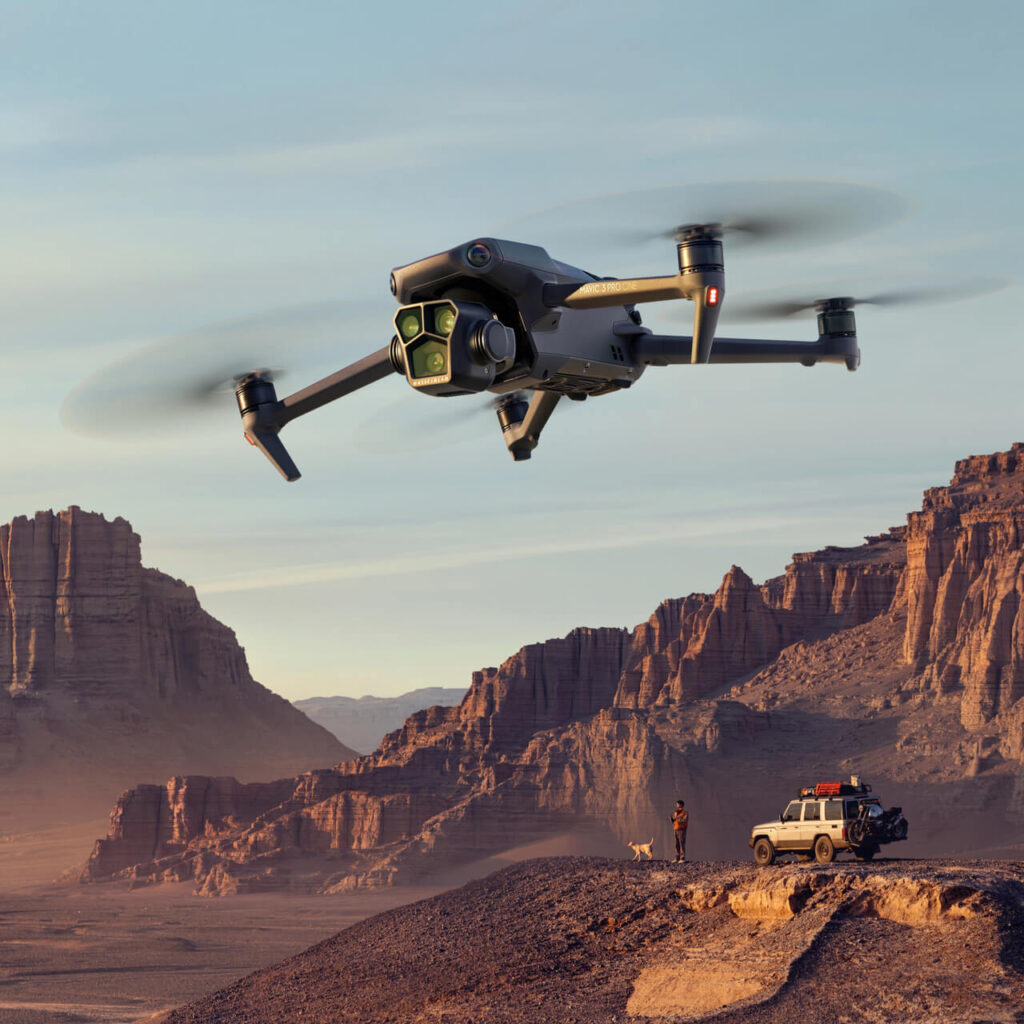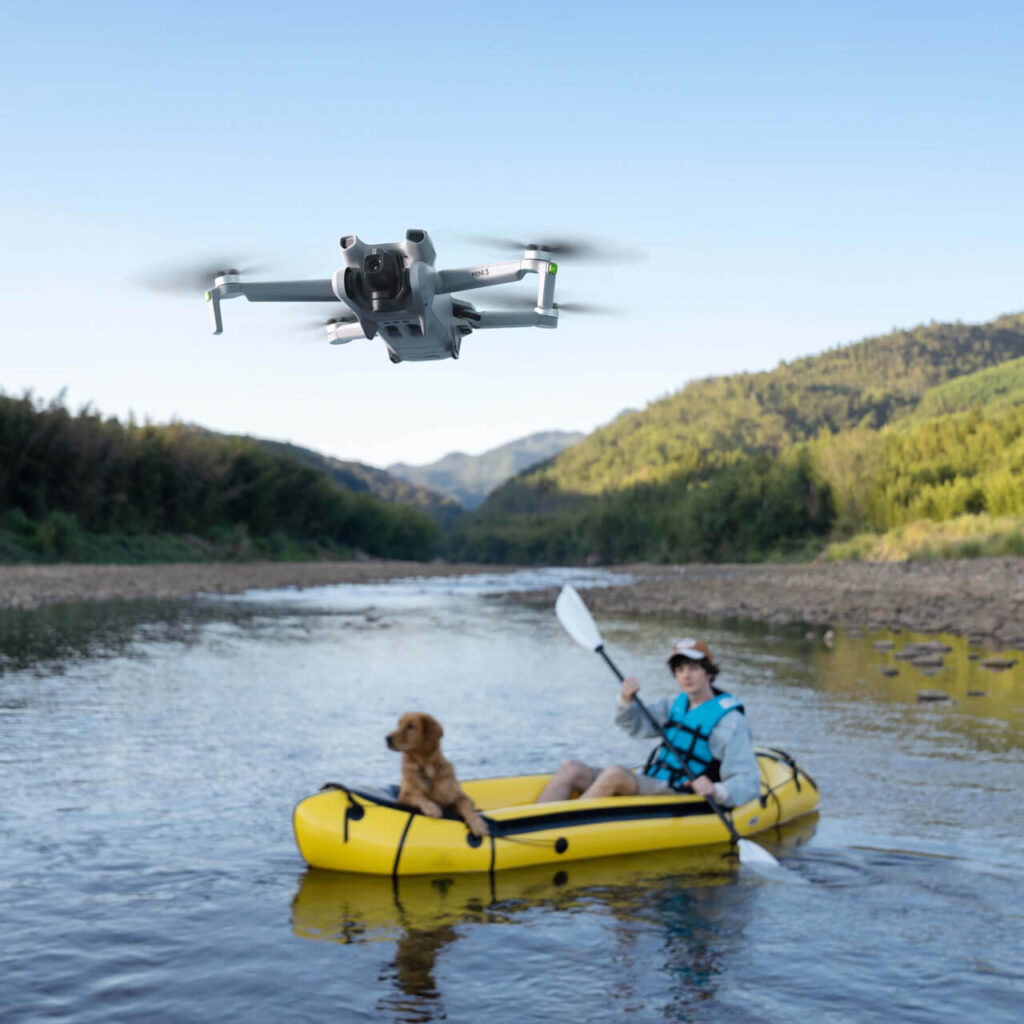Introduction
In the heart of Punjab during harvest season, farmers traditionally relied on manual labor and guesswork to assess crop health. But today, tech-savvy kisans are flying DJI drones over their fields, capturing multispectral data and optimizing yields like never before. Welcome to Agriculture 2.0—a new era in Indian farming led by DJI’s cutting-edge drone technology.
With agriculture contributing to over 18% of India’s GDP and employing nearly 60% of the population, even marginal improvements in yield or efficiency can have massive national impact. The DJI Agras and Matrice series are helping farmers achieve just that—enhancing precision farming through aerial insights, variable-rate spraying, and crop health monitoring.
Background: DJI’s Growing Footprint in Indian Agriculture
India has emerged as one of DJI’s key markets, especially in the agricultural sector. After the liberalization of drone rules under India’s Drone Rules 2021, and increased subsidies by the Ministry of Agriculture & Farmers Welfare, many agritech firms and farmer producer organizations (FPOs) have adopted DJI drones.
Popular DJI models like Agras T40 and Matrice 300 RTK are gaining traction for applications such as:
- Precision pesticide and fertilizer spraying
- Real-time field mapping
- Crop health analytics
- Post-harvest analysis
The Directorate General of Civil Aviation (DGCA) has also approved several DJI models for use under India’s UAS Certification Scheme, further easing commercial deployment.
Key Features & Benefits of DJI Agriculture Drones
1. High-Capacity Spraying with DJI Agras T40
The Agras T40 is a beast designed specifically for Indian farmland. It offers:
- 40L tank capacity with 12m spray width
- Real-time terrain following for uneven fields
- Flow meters for exact chemical application
Why it matters: Indian crops like sugarcane and paddy require consistent spraying—too much or too little impacts yield. DJI drones ensure uniform coverage.
2. Smart Mapping with Matrice Series and DJI Terra
The Matrice 300 RTK, when paired with DJI Terra, allows for photogrammetric mapping of large farms in minutes.
- RTK (Real-Time Kinematic) GPS ensures centimeter-level accuracy
- Use multispectral cameras (like DJI Micasense) to detect crop stress
- Automate data processing with cloud-based tools
Indian case study: In Maharashtra’s grape belt, a Nashik-based vineyard used the Matrice 300 RTK and saved ₹1.2 lakh annually by identifying fungal infections early and reducing pesticide waste.
3. Variable-Rate Application (VRA)
DJI drones can detect which part of the field needs more input (e.g., nitrogen) and adjust spray volumes accordingly.
- Saves up to 30% on input costs
- Reduces environmental impact
- Enhances crop quality
This is especially relevant in states like Punjab and Haryana where overuse of urea has led to soil degradation.
Real India Case Study: Telangana’s Drone-Enabled Paddy Revolution
Telangana was among the first states to pilot drone spraying in paddy fields under the Rythu Bandhu scheme.
- Over 500 farmers in Khammam reported 20% yield increase
- Spraying time reduced by 70%
- Minimal human exposure to chemicals
This success prompted the state government to distribute DJI Agras drones via FPOs.
Tips & Best Practices for Using DJI Agriculture Drones in India
- ✅ Obtain UIN (Unique Identification Number) for your drone from DGCA
- ✅ Choose the right model: Agras for spraying, Matrice for surveying
- ✅ Follow local SOPs: Ensure your pesticide usage complies with CIBRC regulations
- ✅ Train operators: DJI offers certified training programs through partners
- ✅ Use NDVI sensors: Analyze crop health with DJI multispectral solutions
FAQ: Agriculture 2.0 and DJI Drones in India
1. Are DJI drones legal for agricultural use in India?
Yes, with DGCA approval and compliance with Drone Rules 2021, DJI drones like Agras T20 and T40 are certified for agricultural use.
2. Which DJI drone is best for farming?
For spraying: Agras T40
For mapping and analysis: Matrice 300 RTK with multispectral or thermal payloads
3. Can small farmers afford DJI drones?
Yes. Through FPO schemes and government subsidies (up to 50–70% in some states), even marginal farmers are accessing drone tech.
4. How accurate is crop health data from DJI drones?
With NDVI and multispectral imaging, accuracy can be as high as 95%, enabling actionable insights on pest attack, water stress, or nutrient deficiency.
5. Where can I buy DJI agriculture drones in India?
You can buy DJI drones from certified resellers like Jetayu Gadgets for genuine warranty, accessories, and post-sales support.
Conclusion
DJI drones are no longer just about breathtaking aerial shots—they are rewriting the rules of Indian agriculture. With the ability to spray more precisely, detect crop issues earlier, and optimize inputs intelligently, DJI’s Agras and Matrice series drones are enabling a smarter, more sustainable farming future.
Whether you’re a vineyard owner in Nashik, a rice farmer in Assam, or managing sugarcane fields in Uttar Pradesh, DJI drone technology offers powerful tools tailored to India’s unique agri-challenges.
To buy your DJI drone at the best price in India, visit JetayuGadgets.com.
Call to Action
Looking to empower your farming operations with DJI drone technology? Jetayu Gadgets is your trusted destination to buy DJI drone India—backed by expert advice, authentic gear, and unbeatable prices.
👉 Visit JetayuGadgets.com today!
Related Reads:
External Reference: ICAR – Indian Council of Agricultural Research on Drone Farming


